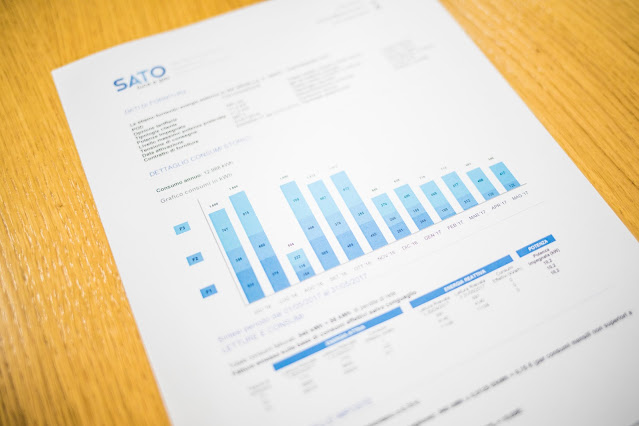13 Ways Avogadro's Law Graph Can Suck the Life Out of You
When we are in our most productive mode, we are actually most likely to be productive, according to Avogadro's Law, a mathematical formula which describes the behavior of an object based on the number of molecules in it. These molecules can be counted in trillions and it’s a pretty accurate representation of how many things are in the universe.
The formula is a generalization of the LMG that you already know; it’s not quite as abstract as the LMG, but it’s much more interesting to understand. This formula is a sort of “curse-the-keeper” about how objects will end up, and I don’t know if it’s just a number, but it shows you how the mathematical formula fits into the rules of physics.
The formulas look very similar to the ones we’ve seen in the LMG, but even it’s not the same.
That’s because each thing is a string of atoms whose positions are given by the formula. This one is a molecule and it’s called a polymer. The atoms in it are called molecular chains, and the bonds between them are called bonds. The molecules in it are called molecules. The formula is called Avogadro’s number, named after the Italian physicist who discovered it. Avogadro’s number is one-third of the number of atoms in a given system. The formula is a mathematical way of saying that the number of atoms for each type of molecule is equal to the Avogadro number: the ratio of the number of atoms in a given molecule to the number of atoms in all molecules.
The formula is like a magic formula that allows scientists to predict the properties of any system. If you’re familiar with chemistry, you’ll know that Avogadro’s number is a way of describing the properties of molecules and can help scientists predict the properties of an unknown molecule.
In short, Avogadro’s number is a great way of looking at a number of molecules, but it only works for a fixed number of atoms and molecules. In practice, Avogadro’s number may not always be what you want to predict. For example, the Avogadro number of water is approximately 1.8, but it can also be any number. It can also be less than 1.
Even though Avogadro’s number was devised to predict the properties of molecules, it is not a hard and fast rule. What does work is finding a small number of molecules that have the same properties as water, but that have a different Avogadro number.
The Avogadro number of a molecule is equal to the number of protons in the molecule minus the number of electrons in the molecule.
So if a molecule has a carbon bond and an oxygen one, they should have the same Avogadro number. To calculate the Avogadro number of a molecule, you need to know the number of protons in it. And if you know the number of protons in a molecule, you can predict the number of electrons.
That is, if you know how many protons there are in a molecule, you can also calculate the number of electrons. So Avogadro's Law is a powerful tool for predicting the number of electrons in a molecule. It turns out that Avogadro's Law isn't the only useful tool for predicting the numbers of electrons in molecules. And it turns out that other formulas and rules can be used to predict the number of electrons.
There are now more than 200 equations in the Avogadro's Law family of formulas. This is thanks to a collaboration between the Royal Society of Chemistry and the European Molecular Biology Organization. So if you want to know how many electrons there are in that molecule you can use Avogadro's Law. If you want to know how many protons there are in that molecule you can use the Avogadro's Law. These formulas are all available online.






No comments